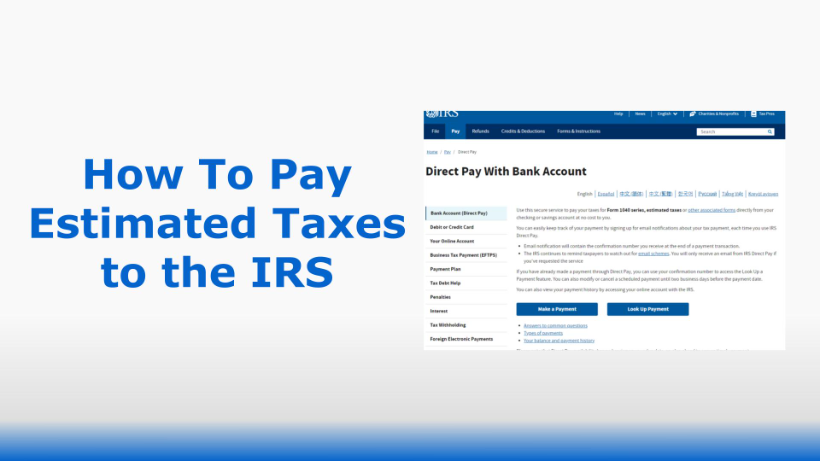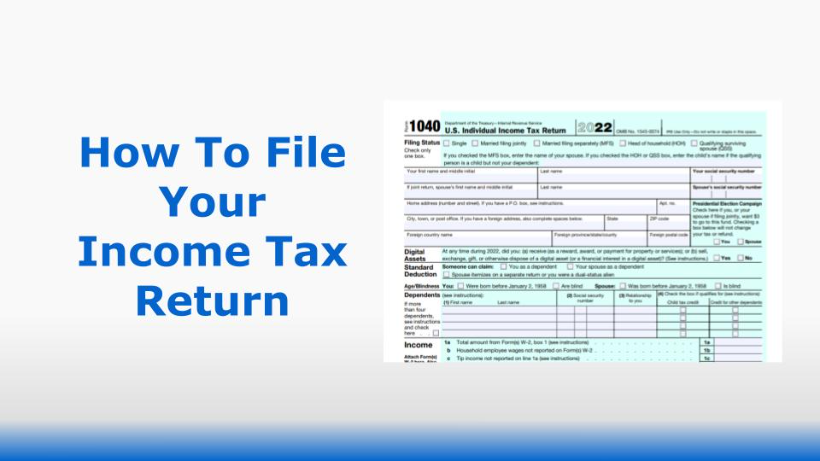IRS Payment Plan Interest
Published:How Much Interest Do You Have to Pay on an IRS Payment Plan?
Is there simply no way you’ll be able to make your tax payments on time? For many people, it’s very difficult to pay the government in full and on time every year. Fortunately, there may be some options for you – including setting up an IRS payment plan.
While the government doesn’t pay you interest on the money they owe you if you get a tax refund, they do charge you interest on the taxes you owe but haven’t paid. Doesn’t seem fair, does it? That’s the nature of government.
The IRS will charge you interest when you set up a tax payment plan (i.e. installment agreement). This is your penalty for not paying your entire tax balance at once. Currently, the interest rate for underpaid taxes is 6%. The IRS updates the interest rates every quarter.
Here are the IRS interest rates over the past eight years, per quarter:
|
Year
|
1st Quarter
(Jan-Mar) |
2nd Quarter
(Apr-Jun) |
3rd Quarter
(Jul-Sep) |
4th Quarter
(Oct-Dec) |
|---|---|---|---|---|
|
2019
|
6% |
–
|
–
|
–
|
|
2018
|
4%
|
5%
|
5%
|
5%
|
|
2017
|
4%
|
4%
|
4%
|
4%
|
|
2016
|
3%
|
4%
|
4%
|
4%
|
|
2015
|
3%
|
3%
|
3%
|
3%
|
|
2014
|
3%
|
3%
|
3%
|
3%
|
|
2013
|
3%
|
3%
|
3%
|
3%
|
|
2012
|
3%
|
3%
|
3%
|
3%
|
|
2011
|
3%
|
4%
|
4%
|
3%
|
|
2010
|
3%
|
4%
|
4%
|
4%
|
You will accrue penalties and interest on your tax balance until it is paid in full.
The IRS also charges various fees for setting up a tax payment plan. For a long-term payment plan (installment agreement) with automatic withdrawals, there is a $31 setup fee if you apply online, or a $107 setup fee if you apply by phone, mail, or in-person. For a long-term payment plan without automatic withdrawals – using a non-Direct Debit method of payment such as credit or debit card – there is a $149 setup fee to apply online, or a $225 setup fee to apply by phone, mail, or in-person.
If you want to change an existing payment plan you have with the IRS, it will cost you $89 to apply for that. In other words, an IRS payment plan can mean a big additional cost on top of what you already owe to Uncle Sam.
Pros and Cons of an IRS Payment Plan
On one hand, an IRS payment plan can help anyone who simply does not have the money to pay their taxes. This can include someone who has suffered a job loss or personal tragedy, or a business owner whose profits are sharply down.
On the other hand, failing to pay taxes can become a chronic problem. In fact, if you accrue other fees, such as failing to file a tax return on time, the IRS can also charge you penalties that can increase your tax bill by 25% or more. Unfortunately, it’s difficult to make progress on bills when the interest and penalties add to the problem, which is why some people fall deeper into tax debt year after year.
Nonetheless, sometimes an IRS payment plan is helpful just to stay afloat after a bad year. In this case, make sure to set up the best possible IRS payment plan you can for yourself. Figure out exactly how much you can pay each month without going under. However, don’t say you can pay more than you owe simply to get approved. Once the IRS payment plan is locked in, more penalties will apply if you fail to live up to the payment terms you and the IRS agreed on.



